Making good content is very important in digital marketing, and it should be. Good content gives your readers something of value. As a thought leader, it makes your brand known, helps you connect with customers, increases sales, and so much more. That’s why a content marketing plan is such an important part of digital marketing.
But your content needs to be seen by the people you want to see it before it can do its magic. To put it simply, making good content doesn’t matter if no one sees it or knows where to find it. It would be a waste of your time, money, and effort. Because of this, you should not only focus on making content, but also on getting it out there.
We’ll talk about why content distribution is important and give you some tips on how to make and use a good content distribution marketing strategy below.
Content Distribution Strategy: The What And Whys
It is called “content distribution” when you share and promote content in different formats and through different channels. There are many ways to make sure that a brand’s content is seen by the people it wants to see it.
Publishing articles on your website or social media pages is not enough. There is too much online content for the people you want to reach to look at and pay attention to. Think about these numbers:
- There are more than 600 million blogs on the web. (The Growth Badger, 2022).
- There are about 800 million videos on YouTube.
- One billion Stories are shared every day across Meta’s (formerly Facebook’s) family of apps.
That is, it needs to reach the right people at the right time and through the right channels for it to have the most impact. Brands can do just that with the help of a content distribution marketing strategy.
To go into more detail, here are some reasons why a content distribution strategy is important for your digital marketing:
It Dramatically Increases Your Reach
A well-thought-out and carefully carried out content distribution marketing strategy can help your content reach more people. This means that your blogs, videos, posts, and other content can be found and used by your target audience on a number of different websites and platforms. A content distribution marketing plan gives the people you want to reach more ways to find, enjoy, and share your content.
It Lets You Set Measurable Content Marketing Goals
Giving your efforts to write and publish content a purpose and direction is part of content distribution. In turn, this helps you make content that is timely and useful for your audience. When you set goals for your content marketing, you get better results. You also have benchmarks and key performance indicators (KPIs) to check how well your content is doing.
Types Of Media To Use In Your Content Distribution Plan
Content distribution includes all of the sites and ways that you can share your content. There are three types of these: Paid, Earned, and Owned.
Any content marketing expert or content distribution company worth their salt will tell you that a good content distribution plan doesn’t rely on just one type of channel, but on all three.
Paid Channels
A paid channel is any platform that requires payment for you to distribute content on or through. Some examples are:
- Pay-per-click (PPC) ads
- Display ads
- Social media ads and sponsored posts
- Paid influencer posts
- Native ads
- Google Display Network (GDN)
- Programmatic advertising
Advertisers can target specific groups of people through paid channels by looking at things like their location, interests, and other factors. Advertising with targeted ads helps people remember your brand and gives companies the tools they need to enter new markets. Furthermore, paid media solutions usually yield faster outcomes than natural content marketing ones.
Owned Media
Owned media includes the channels, sites, and things you’ve made as a brand and own. You have full and direct control over the messages, content, and distribution of media that you own. Right here are some examples of owned media:
- Company websites
- Blogs
- Social media profiles
- Mobile apps
- Email lists
When brands post on social media, they have to follow the rules of each site. The profiles, posts, and other media they make and share on these sites, however, are “owned” by these brands. This is why social media brand properties are thought of as “owned.”
The most obvious benefit of owned media is that it saves money. If you don’t choose paid options like sponsored posts and social ads, you don’t have to pay to use content marketing tools on your own channels. Some other benefits are:
- Complete control over your media, including its content, the timing of its posting and how you optimize it.
- The ability to showcase your brand personality across your owned channels and social media profiles.
- Options and features, such as forums and groups, that allow you to build brand communities that boost engagement and brand loyalty.
Earned Media
This type of media means that people have seen and heard about your brand through channels that aren’t owned or paid for by you. Brands put a lot of effort into getting and using positive earned media.
All of these mentions, suggestions, shares, and conversations about your brand are great content marketing tools. They can help you build credibility, improve the reputation of your brand, and reach more people.
Here are some examples of earned media:
- Word-of-mouth recommendations
- Social media mentions and shares
- Reviews and testimonials
- Industry awards
- Media coverage
- Influencer endorsements (not paid)
A Step-By-Step Guide To Creating A Content Distribution Strategy
It might be hard to know where to begin when it comes to content distribution because there are so many channels, processes, and variables to consider. You can get help with this from a full-service digital marketing agency or a content marketing consultant, but you can also do it yourself by following these steps.
Identify Your Target Audience
Keep in mind that you don’t have to or should post on all channels as part of your content distribution plan.
Finding your target audience is the first and most important thing you should do when planning a content distribution strategy.
To figure out where and how your audience gets information, you need to know everything there is to know about them.
A full editorial calendar for your content that is focused on the KPIs you’ve set for the campaign is also something you’ll need to do. So that you can see how well your content is doing and make changes as needed, you should measure and track it along the way.
Focus on Your Main Owned Channel
Choose your main channel as the first step. To figure out which of your channels for distributing content should be your main one, think about the following:
- Which channel do you tend to post on most often?
- What type of content do you produce the most?
- What type of content are you best at making?
For instance, if your brand is known for fun videos, you might want to pay attention to your TikTok or YouTube channels. On the other hand, you should put your blog first if one of your content marketing goals is to build your thought leadership through long-form content.
Remember that you will need to optimize your website or blog if you decide to use them as your main way to share content. Search engine optimization (SEO) lets people find your blog or website easier and helps it move up in the SERPs. In turn, this helps your main traffic come from search engines.
Distribute to Your Secondary Owned Channels
The pages and profiles you own on social media sites like Facebook, Instagram, Twitter, and LinkedIn are your secondary owned channels. These channels for distributing content have two benefits:
- They let the people who follow your socials see your messages and pictures right away.
- They help you get people to visit your main owned channel.
For example, your blog is your main owned channel. You post a lengthy piece about the advantages of content marketing services. You can tell your followers about your article through your other channels.
This is another good way to use your secondary owned channels: it gives people who need it more information to make a purchase decision.
For instance, you might want to post short videos on social media because this type of media is popular with people who use the Internet. But giving more information while also promoting your main blog or landing page can be useful and help you make a sale.
George said, “Maybe your target audience needs more information to make a confident buying decision. In that case, deeper, enriched content is the right strategy, not videos with short content that take a few minutes of someone’s time.” Adding both is also a good idea. As part of a more complete plan, you can send a video along with an in-depth blog post or landing page and promote it on social media.
For the best results, pick the social networks that your research has shown your fans and followers like. For instance, if you want to reach young adults, you might pick Meta (which used to be Facebook). Between the ages of 25 and 34 make up about 29.9% of its 2.963 billion monthly active users. If your business is B2B, you should share on LinkedIn, which has a more mature group of B2B professionals (SproutSocial).
Increase Your Earned Media Generation Efforts
It can be hard to get earned media, but it is well worth the trouble. Earned media is strong, as we briefly talked about. People trust it because it gives them honest information about a brand and its goods or services. It raises awareness of a brand, builds credibility, grows reach, and positions a company as a thought leader.
With all of these benefits, it makes sense to put time and effort into getting earned media. This can be done in a lot of different ways, such as:
- Sharing content that adds value to Meta (formerly Facebook) groups and forums like Reddit.
- Guest posting on other blogs in the same field as you.
- Making more of an effort to get reviews.
- Using contests and promotions to get your followers to make user-generated content (UGC).
- Working with a full-service digital marketing agency to create content that people will want to share and that could go viral.
Invest in Paid Content Distribution Channels
When you need to see results quickly, paid content distribution channels are the best way to go. Paid channels of distribution, like Twitter, Google, Meta, Facebook, and native ads, can help you get more visits, clicks, engagement, and even sales faster than owned and earned channels.
There are, however, some paid content distribution services that you should only work with if you want to get your content seen by the right people. You can make sure you get the most out of your content marketing and distribution strategy with the help of consultants and content distribution companies.
Also, making and using a paid media content distribution strategy takes a lot of time and effort. A content distribution company can help you get the job done if you don’t have the time or skills to do it yourself.
Track Your Progress and Measure Your Results
You should keep an eye on the progress of your strategies just like content distribution companies do to see how well they’re working. An organization that distributes content or a content marketing strategist might use the following tools to do this:
- Ahrefs
- SEMrush
- Hootsuite Insights
- Sprout Social
- Adobe Analytics
All of these tools can help you learn more about how to distribute your content, such as which channels work best, where your visitors are coming from, and which channels are more likely to convert people.
Don’t forget that you’ll have to pay for a subscription to get the most out of these tools.
- Find out more about each tool to pick the best one for your needs.
- To keep an eye on your content distribution strategy, learn how to use these tools well. Getting used to it might take some time.
- You’ll need to read the guides and tutorials before you can set and track the KPIs for your strategy.
Take Your Content Distribution Strategy To The Next Level With 1Solutions
A key part of any content marketing strategy is getting the content out there. You can reach more people, raise awareness of your brand, and get leads by distributing your content well.
Are you ready to step up your plan for distributing content? OneSolutions is a full-service digital marketing agency and content marketing company that can help you.
You can use paid, earned, and owned media to make your content more powerful and reach your digital marketing goals with our help. We will also keep track of your progress, measure your results, and use smart insights to help you market and distribute your content in even better ways.
Contact us quickly to find out more about our services.













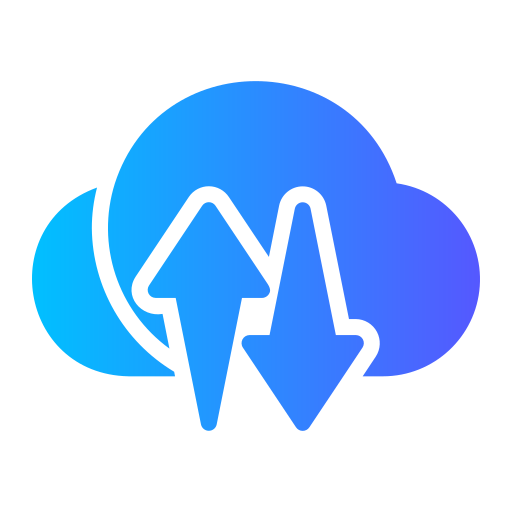
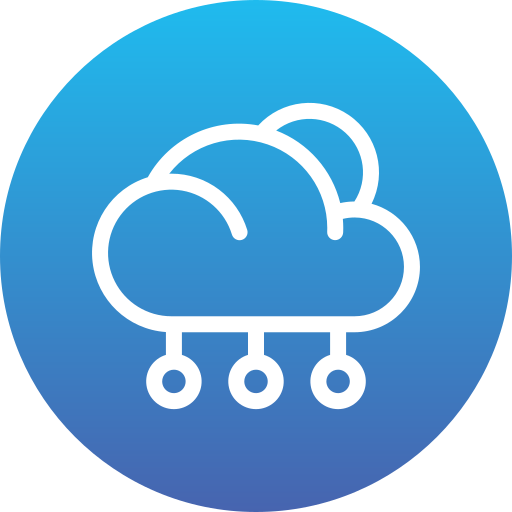

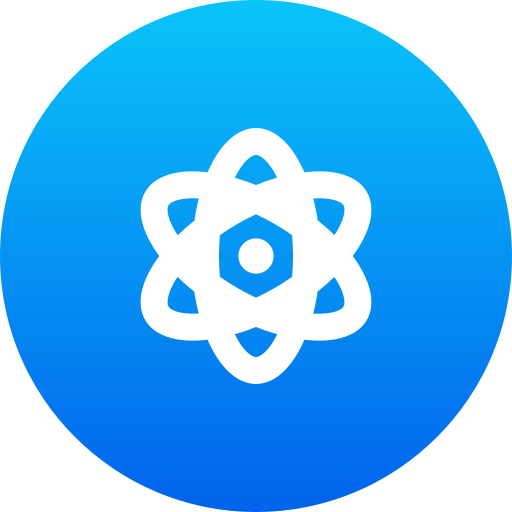


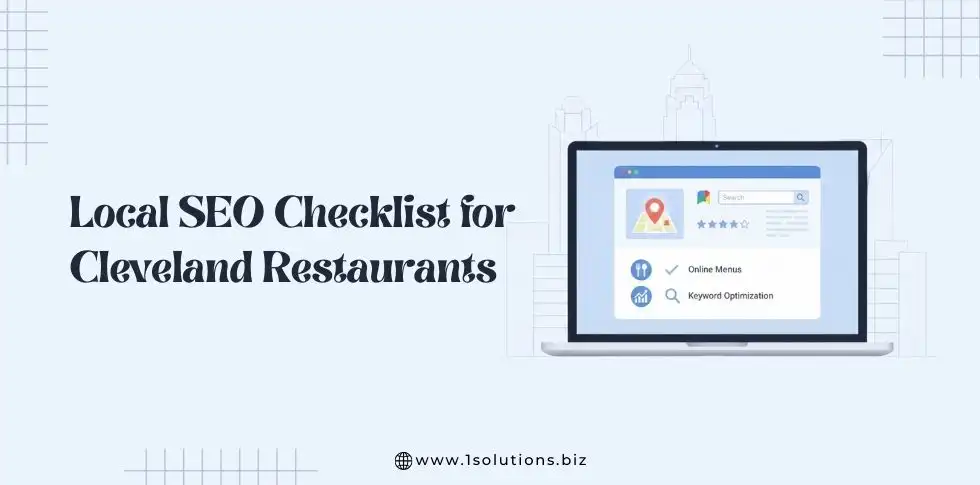

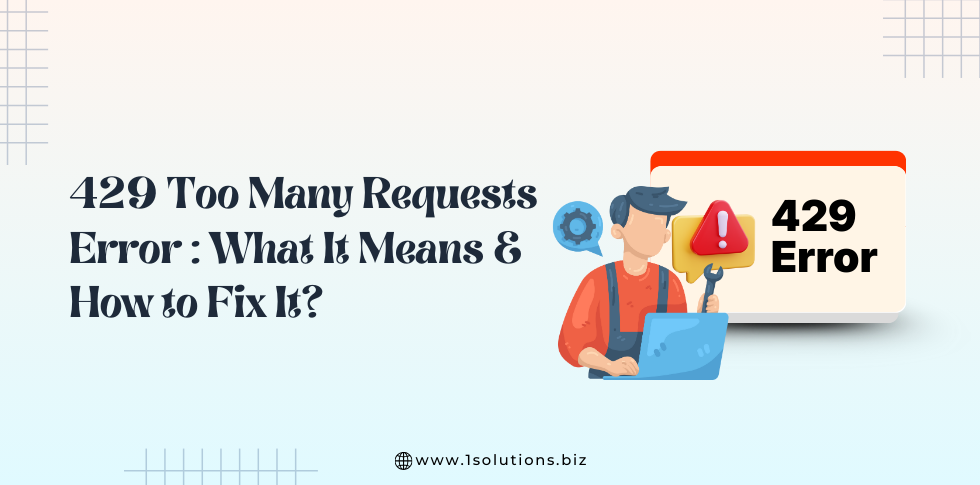
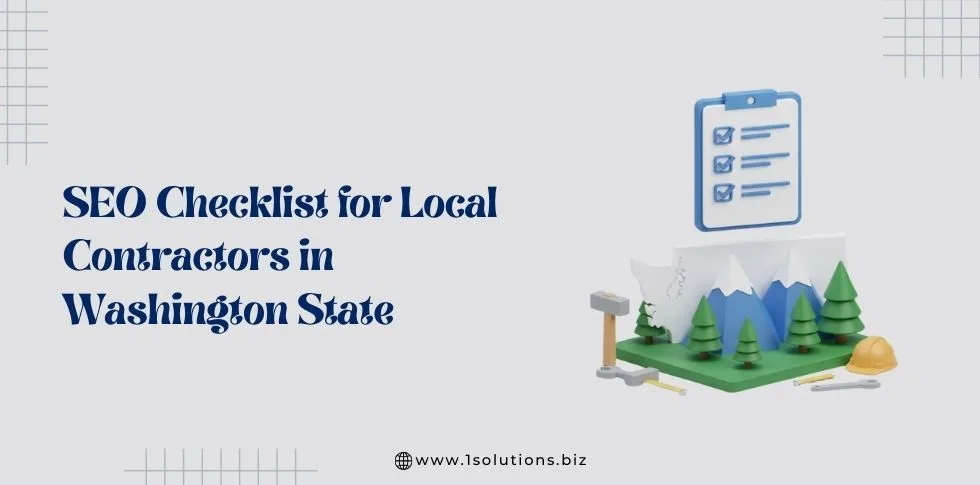
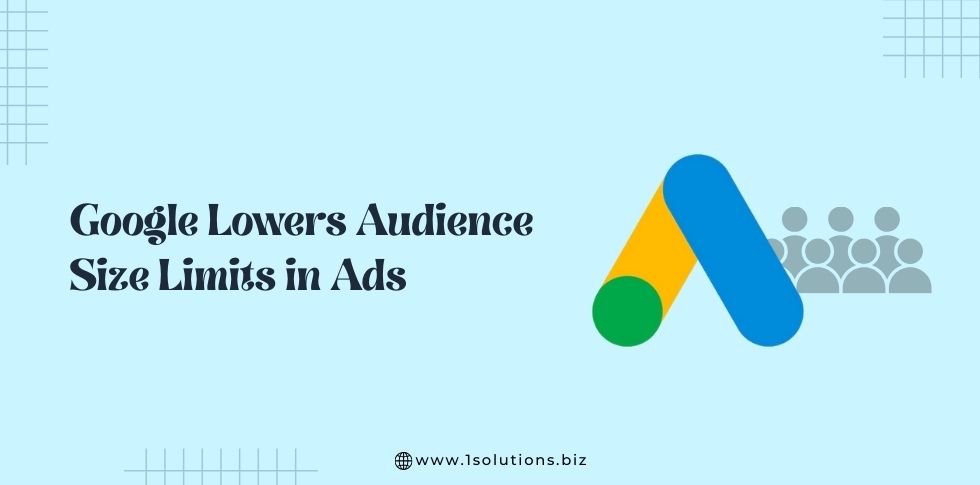

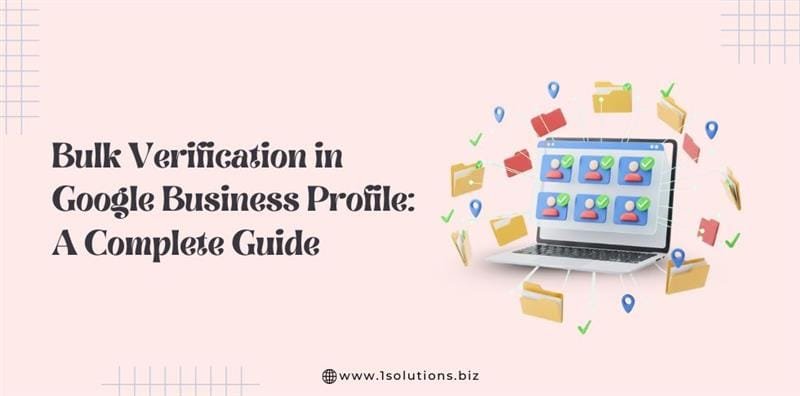
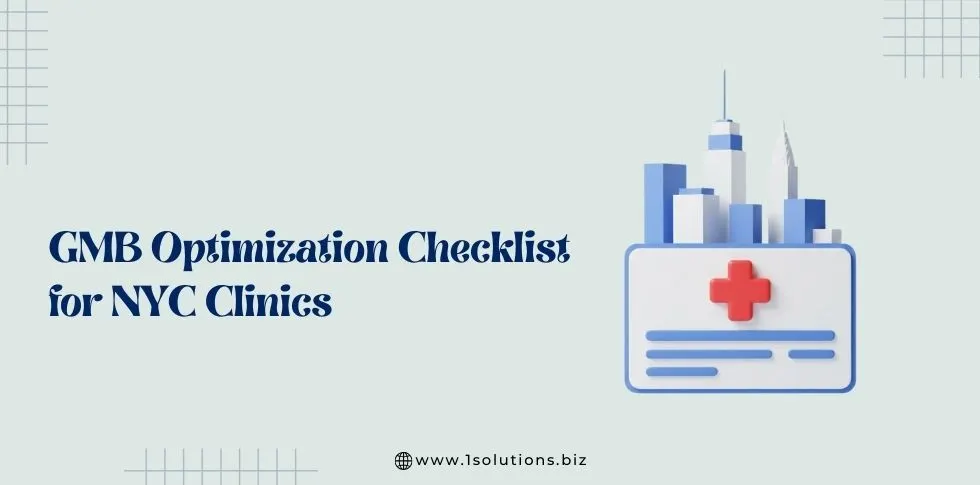
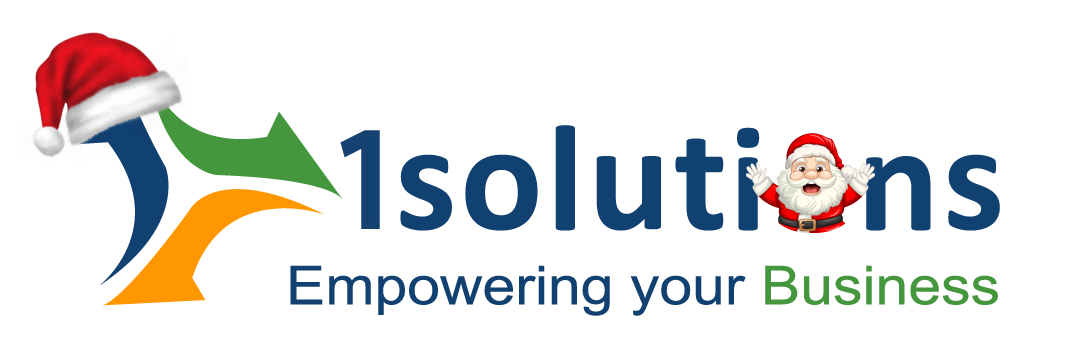



 in India
in India